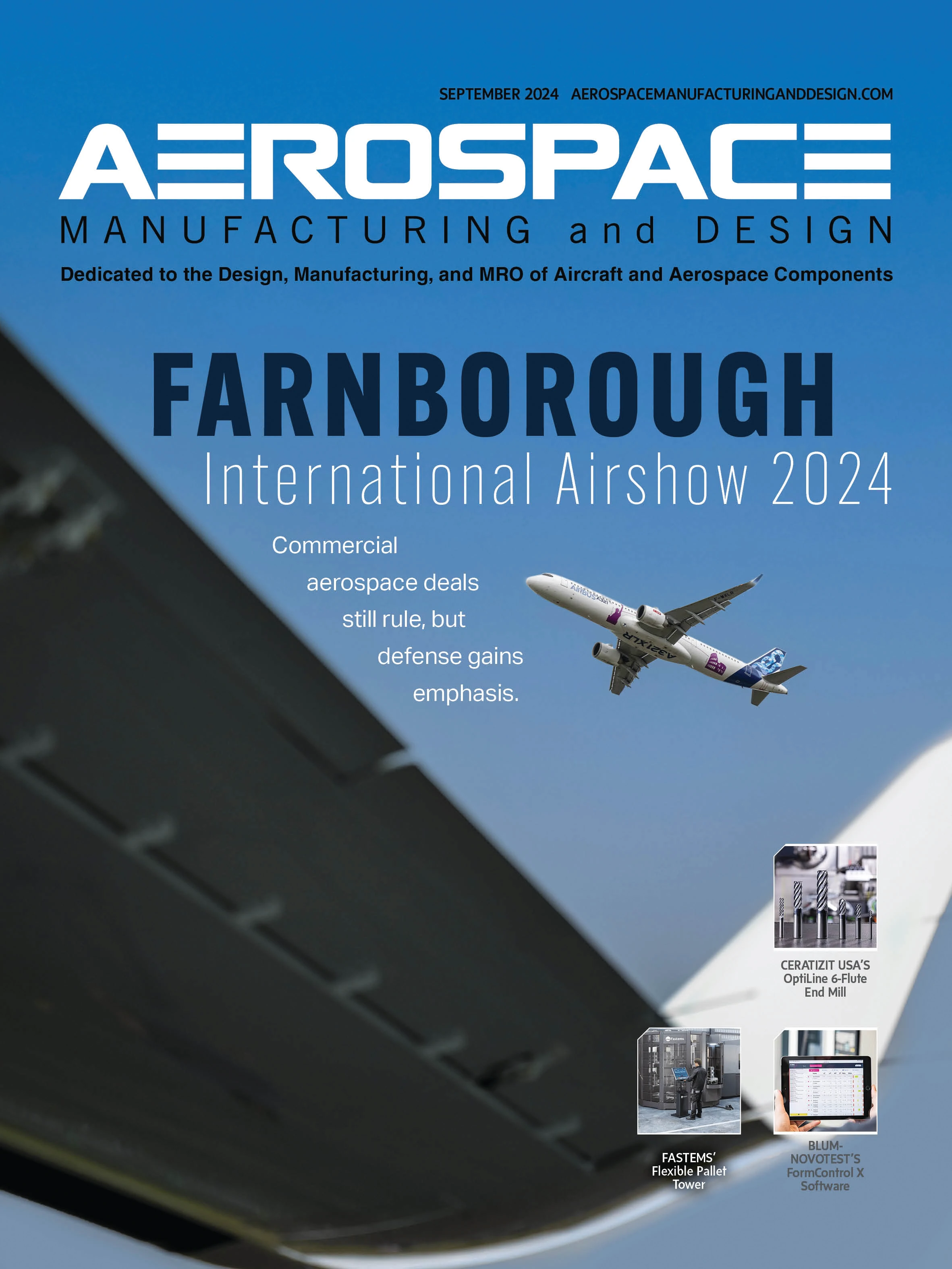
Rocket Lab USA Inc. has begun installation of the largest automated fiber placement (AFP) machine into the company’s Neutron rocket production line in Middle River, Maryland. The AFP machine will enable Rocket Lab to automate production of the largest carbon composite rocket structures to-date.
The custom-built 99-ton, 39" tall robotic machine completed final acceptance testing with the manufacturer and installation has begun at Rocket Lab’s Space Structures Complex in Middle River. The new machine will automate production of all large composite structures of the Neutron launch vehicle including the panels making up the 91" long interstage and fairing, 22.9" diameter first stage, and the 16.4" diameter second stage tank.
The autonomous machine can move up to 98" in length and lay down continuous carbon fiber composite at a rate of 328ipm. The AFP machine also has a fully automated real-time inspection system that hunts for miniscule defects throughout the laminated carbon composite and alerts the machine operator of any issues before the machine begins laying down the next layer, providing additional assurance these critical structures of the launch vehicle meet quality standards for reusable Neutron launches.
As Neutron’s carbon composite structures move into full-scale production, the autonomous machine is expected to introduce time savings of 150,000+ manufacturing hours.
The AFP machine will also print smaller carbon composite Neutron structures, first stages of Rocket Lab’s Electron launch vehicle, and other flight-proven carbon composite structures including spacecraft structural panels and assemblies, solar panel substrates, carbon composite tanks and primary structures, and custom projects.

3D-printed drones market worth $1.891 billion by 2029
The 3D-printed drones market is projected to grow from $707 million in 2024 to $1.891 billion by 2029, at a CAGR of 21.8% from 2024 to 2029 according to a new report by MarketsandMarkets. The market growth can be attributed to the growing use of 3D-printing technology for rapid prototyping and improved customization.
Significant advances in additive manufacturing (AM), with rapid prototyping, inexpensive production, and fabrication of complex lightweight structures, are driving the market for 3D-printed drones. The key players in the 3D-printed drones market are Boeing (U.S.), AeroVironment Inc. (U.S.), Parrot Drone SAS (France), General Atomics (U.S.), and Skidoo Inc. (U.S.).
In terms of components, the 3D-printed drone market is divided into frames & arms, propellers, landing gear, wing structures, mounts & holders, enclosures, and other parts. An increasing demand for lightweight and durable structures is anticipated to drive the demand for the frames & arms segment.
The 3D-printed drone industry is categorized by type into fixed-wing drones, rotary-wing drones, and hybrid drones. Based on type, fixed-wing drones are estimated to register a large share in the base year.
The Asia Pacific region is projected to be a high growth potential market for 3D-printed drones during the forecast period.
MarketsandMarkets
Explore the September 2024 Issue
Check out more from this issue and find your next story to read.
Latest from Aerospace Manufacturing and Design
- Heart Aerospace relocates to Los Angeles
- Fixtureworks introduces Stablelock Clamps
- Piasecki acquires Kaman's KARGO UAV program
- PI Americas’ long-travel XY piezo nanopositioners-scanners
- AAMI project call submission deadline extended to May 12
- Jergens launches cast iron tooling column additions
- Airbus to acquire assets relating to its aircraft production from Spirit AeroSystems
- FANUC America's Cobot and Go web tool





